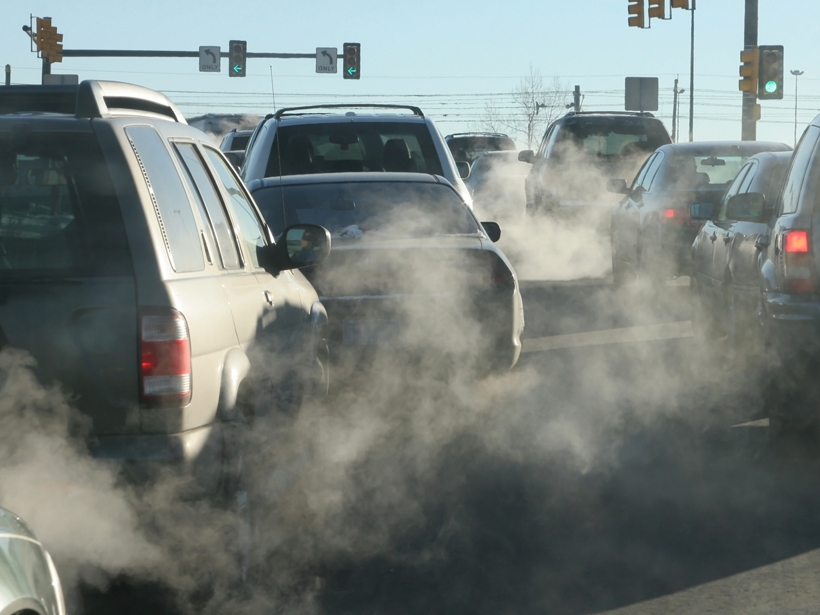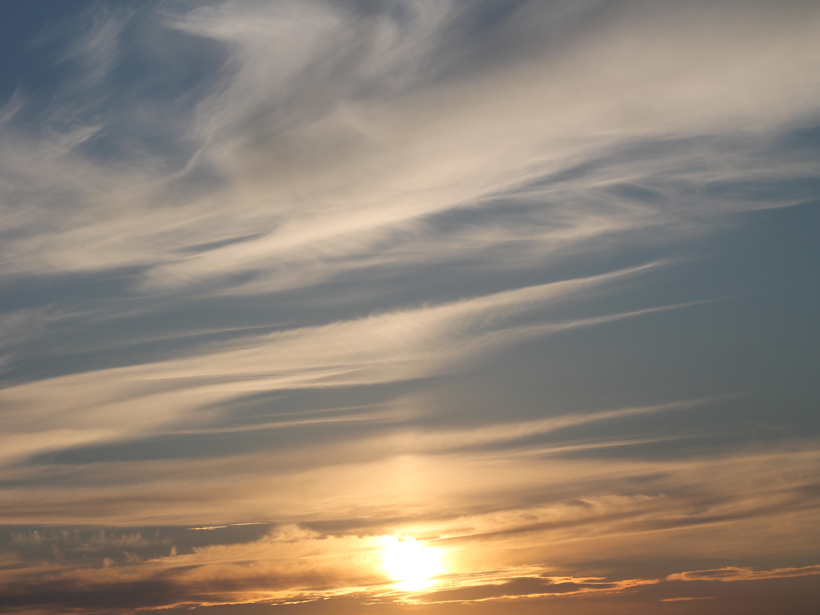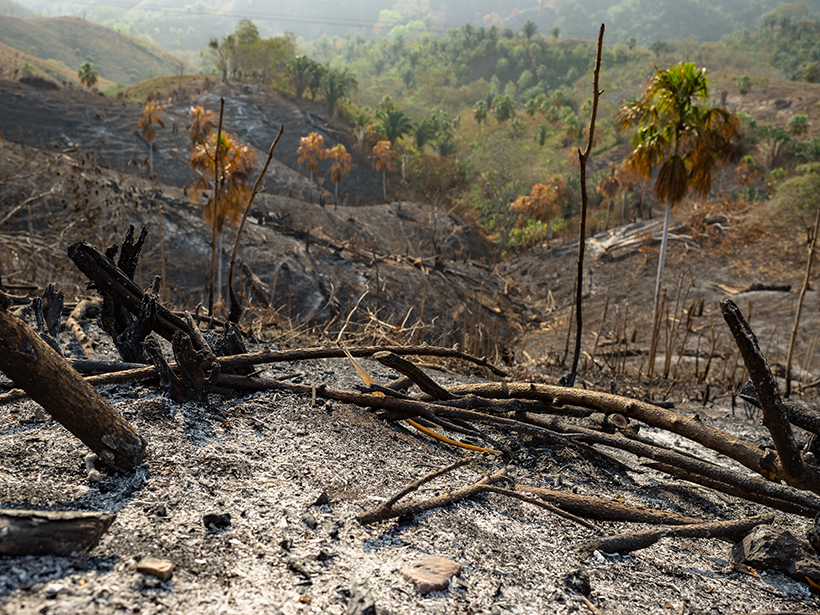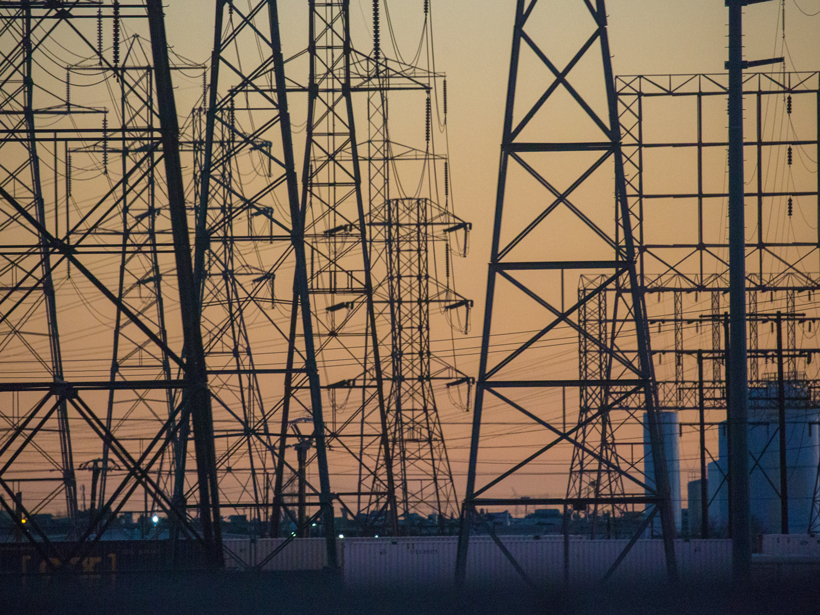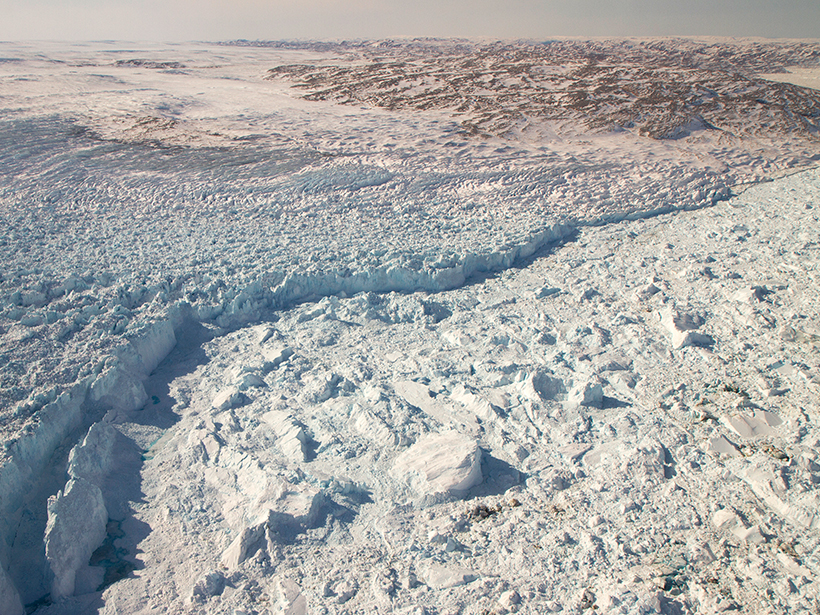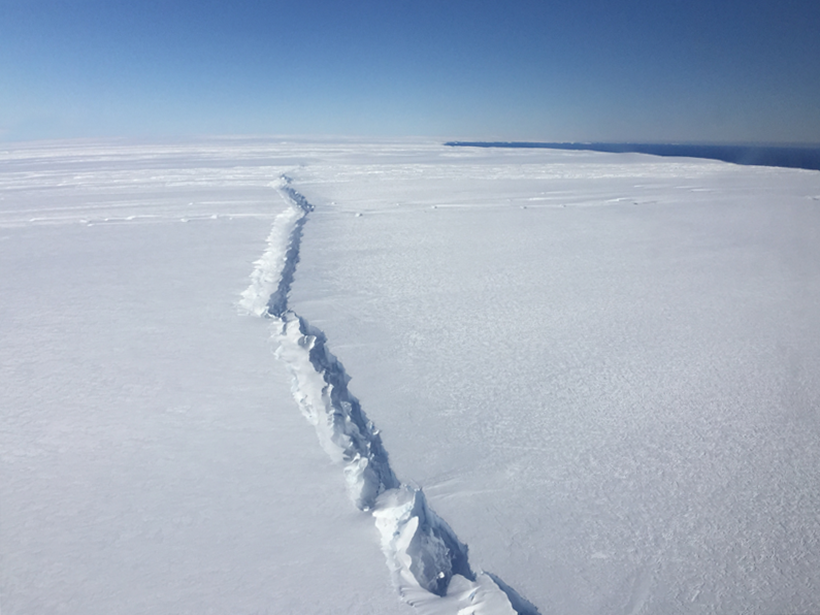Twice in just over a month, a government body tweeted material that claims to refute the human causes of climate change.
Climate Change
Report Calls for Revised Method to Chart Cost of Climate Change
Proposed changes could improve the calculation's scientific basis and transparency, according to the report.
Understanding Causes and Effects of Rapid Warming in the Arctic
A new German research consortium is investigating why near-surface air temperatures in the Arctic are rising more quickly than in the rest of the world.
Understanding How Climate Engineering Can Offset Climate Change
Sixth Meeting of the Geoengineering Model Intercomparison Project; Oslo, Norway, 21–22 June 2016
President Obama Publishes in Science on Renewable Energy Future
In the journal's Policy Forum, the president lays out why renewable energy investments will surge in the future regardless of political headwinds.
Identifying a Fire Ecology Research Agenda for Colombia
Fire Ecology Colloquium; Bogotá, Colombia, 23–24 June 2016
Tom Beer Receives 2016 International Award
Tom Beer received the 2016 International Award at the American Geophysical Union Fall Meeting Honors Ceremony, held on 14 December 2016 in San Francisco, Calif. The award honors "an individual scientist, group, or a small team for making an outstanding contribution to furthering the Earth and space sciences and using science for the benefit of society in developing nations."
Achieving a Near-Zero Carbon Emissions Energy System
Getting Near Zero: Decarbonizing the Last 20%; Aspen, Colorado, 31 July to 5 August 2016
More Frequent Glacial Quakes on Greenland Signal Ice Retreat
Between 1993 and 2011, the annual number of earthquakes caused by gigantic blocks of ice breaking away from Greenland's glaciers has increased, further evidence of accelerating ice loss.
West Antarctic Ice Shelf Breaking Up from the Inside Out
Researchers trace the origin of a 2015 iceberg to a crack that formed deep beneath the ice.


